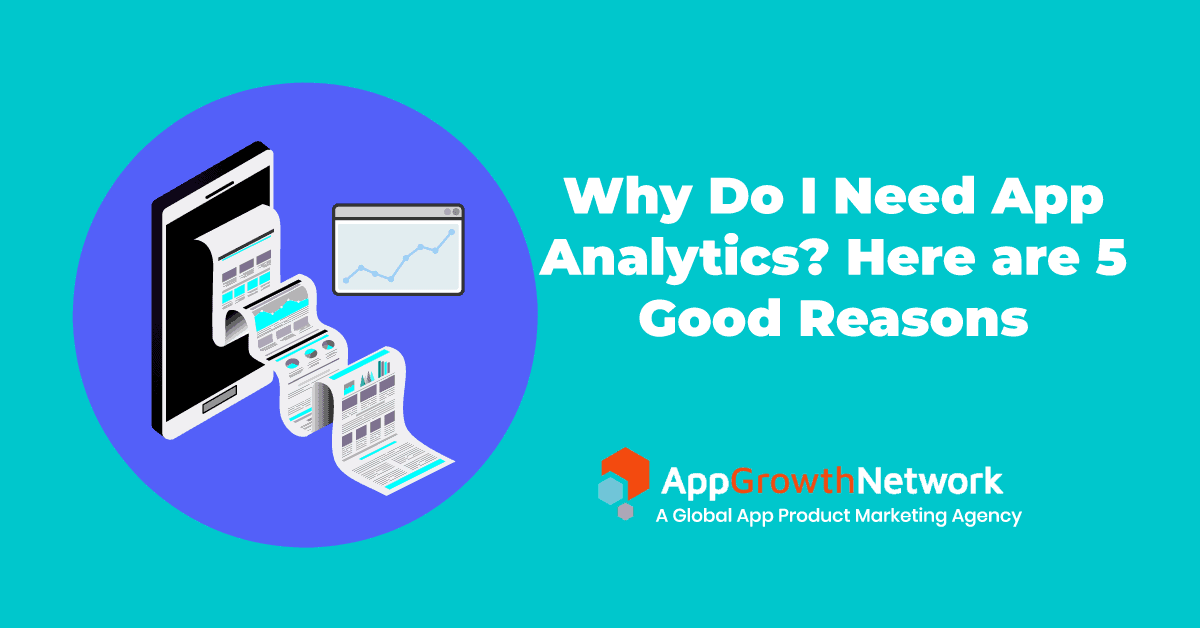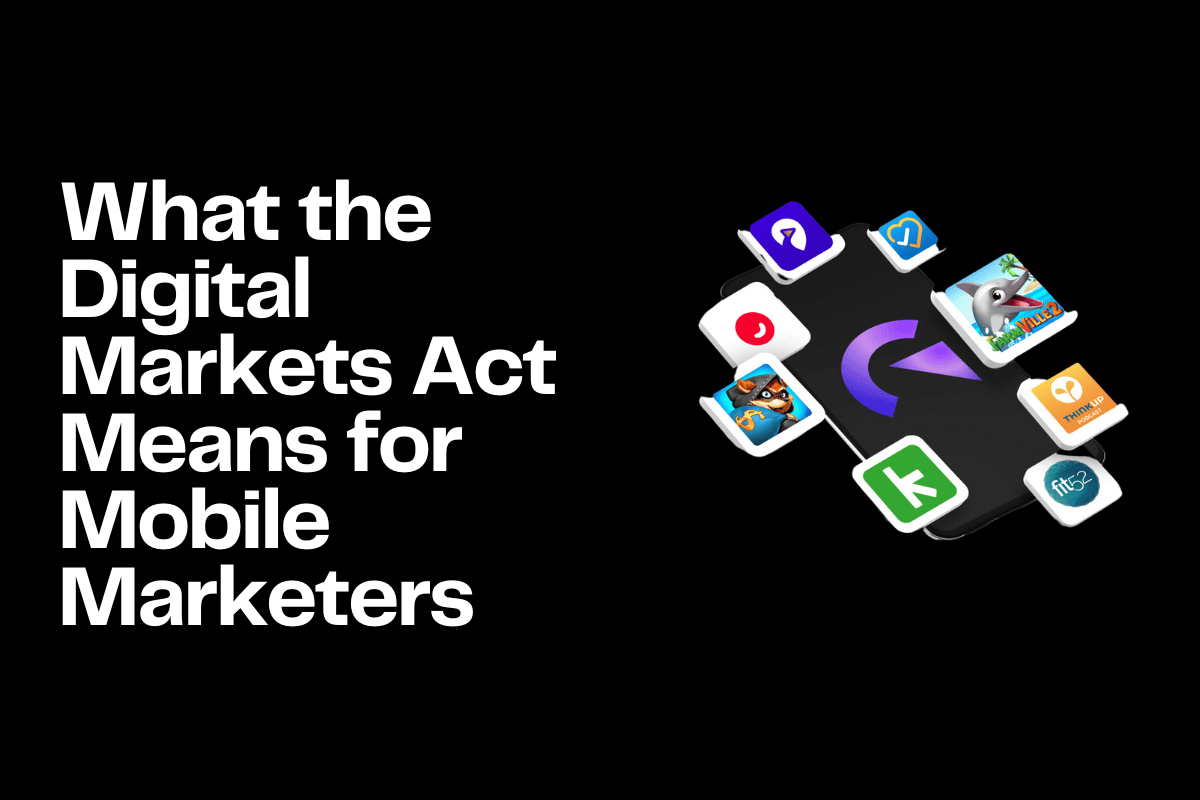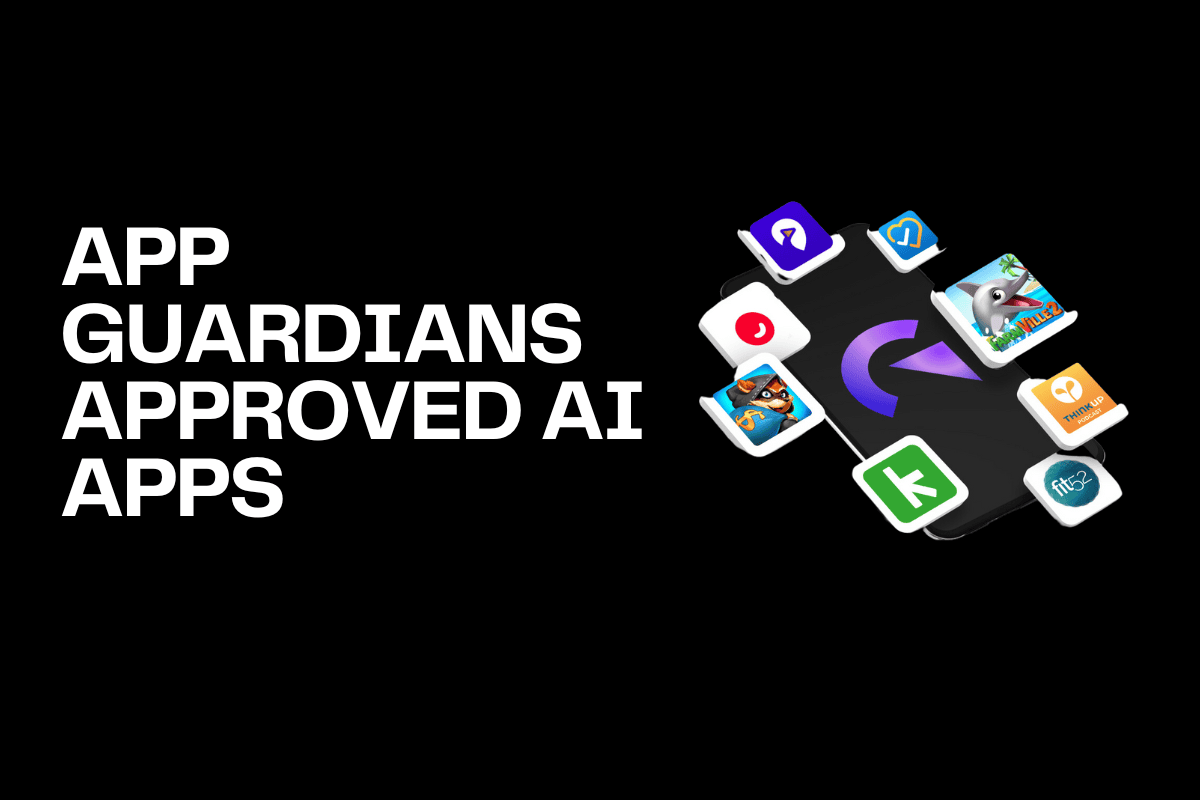Why Do I Need App Analytics? Here are 5 Good Reasons
In the world of apps and app marketing, having access to the right data – and using it wisely – can either make or break your app’s success. The truth is that the competition out there is so tough, that dissatisfaction with one tiny aspect of your app is enough to churn a user and lose them to the competition.
Sound harsh? Well, when you consider that Android users have 2.56 million apps to choose from – and iOS users have access to 1.85 million apps on Apple’s App Store – people’s expectations are pretty high. And if they don’t like, are annoyed by, or are disillusioned with your product, they know they can find a replacement elsewhere with just the tap of a button.
But how do you know who these users are? How, how often, and for how long are they using your app? What do they like? What do they not like? In which part of the app user’s journey are you losing them? And, is there a way to fix it?
Luckily, there’s a (somewhat) easy way to get answers to all of these questions – and that’s with mobile app analytics. An app analytics tool is all you need to get these valuable insights. Let’s take a look at exactly what app analytics data will tell you and why you absolutely need it:
1. Know if you’re achieving your goals
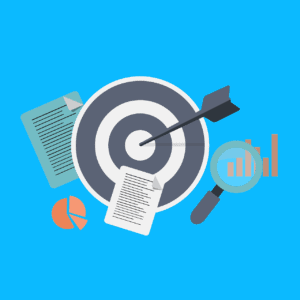
Do you know what your app goal is? If you don’t, be sure to start there first! Depending on the type of app you have, this goal (or goals) will vary. It could be any number of KPIs – like increased revenue, awareness, or traffic.
If you have a gaming app, chances are you want to increase revenue. If the app is monetized with in-app ads, This will mean focusing on the number of installs and growing your user base.
For a video-streaming app, your goal is to have users subscribe to a weekly, monthly, or annual plan. In this case, tracking your users’ engagement – versus just the number of installs – will be more indicative of how close you are to meeting your goal.
There’s no way to know if you’re on track with your goals if you don’t have the data. Without proper analysis of the numbers, you can’t take the necessary steps of optimizing your app and adjusting your strategy as needed.
2. Track what users are doing (and not doing) with your app

There are 3 types of events:
- Default
- Standard
- Custom
Your app analytics tool will automatically track Default Events which include Launch, First Launch, Application Opened, Session Start and Session End.
Some common Standard Events include Log-in, Registration, User Info, Facebook connect, Transaction, Add to Cart, among others of this nature.
Custom events are great for capturing data that is relevant to your specific app. For a dating app, this could be Complete Profile or Start a Chat.
By getting data per in-app event, you can follow the flow of the users’ journey. If the numbers are strong for Log-in but plummet at Registration, then this is a sign that you need to revisit what’s happening at this stage that could cause this drop-off – perhaps a need for a UX improvement.
3. Nail down your critical conversion events
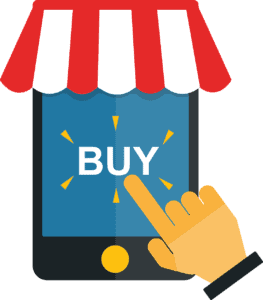
For a shopping app, the most critical event is, of course, the purchase. But there are other events that lead up to that point that are equally important – like viewing an item, adding a product to the shopping cart, and so on. While for a meditation app, the main conversion event may be subscribing to a paid plan.
You want to study these events and users closely. A significant piece of the puzzle to know is which acquisition channels brought them to the app (Facebook? Google?) so you can channel your efforts into what’s working. And what’s working in the above cases isn’t leading to the most installs but to the most conversions. Quality over quantity – this is key!
4. Understand app user behavior

Predefined audiences that are typically provided are “All Users” and “Purchasers.” But many apps will benefit from other defined audiences which can be custom created.
Building audiences is extremely helpful because you can learn so much about that group, like how large the group is, their in-app activity, their age, country, and their interests.
We mentioned that your most valuable users come from conversion events, so you want to be sure to create a separate audience for those who performed these events. Now that you can identify them and combine this knowledge with what you know about your top-performing channels, you have the recipe for targeting your prime segment for future app marketing campaigns.
5. Know what to fix
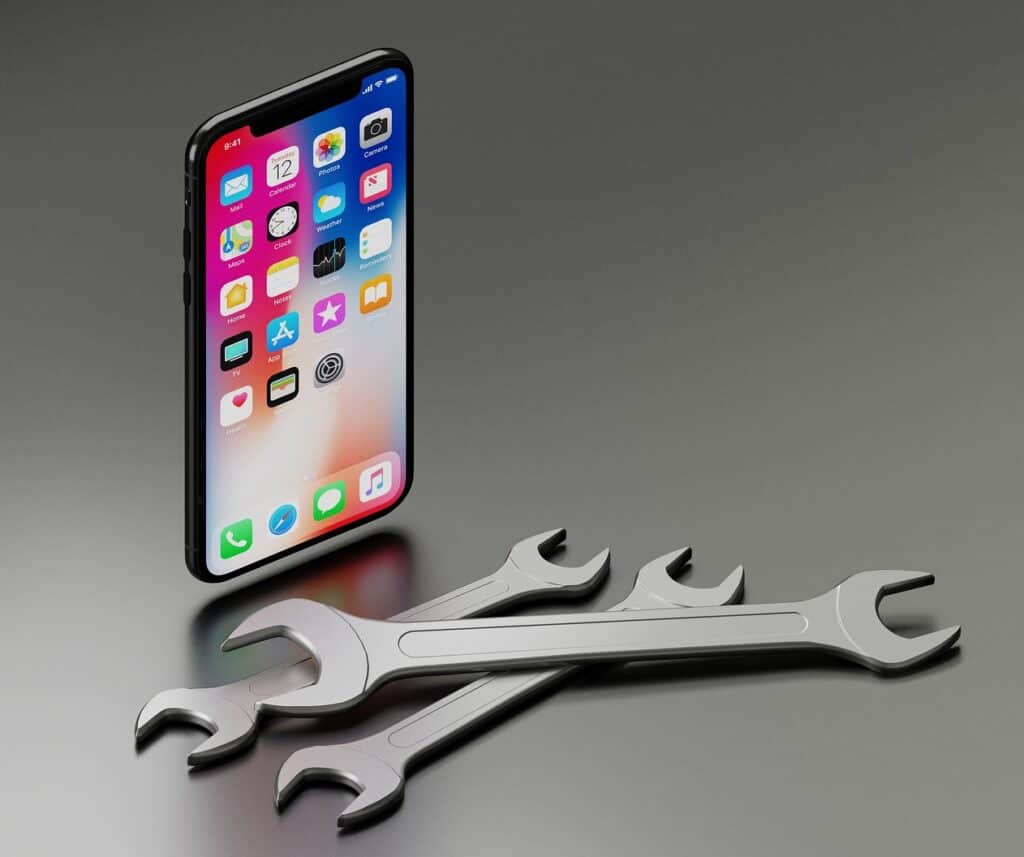
If your registration events are high but conversion to in-app purchases is low, then maybe there’s something missing from the current flow to effectively lead the user to the final objective. Does a new feature need to be added? Or a current feature improved to make the process more seamless?
Remember to give data time to build and display clear trends. Changes in data from one day to the next will not be sound enough to reveal product strengths or weaknesses. But, with time, any leaks in the funnel will be apparent and you’ll get the red flags you need to repair them.
Why You Need Mobile App Analytics – in a nutshell
You can’t know where you going if you don’t know where you’ve been. Simply put, without mobile app analytics, you’re running blind!
The insights provided by the real data will be your foundation for your action plan – in terms of the app’s UX, growth and retention strategies, and all marketing efforts. Keep in mind that testing, analyzing data, re-testing and re-analyzing data will be a continuous process. But, take heart – practice makes perfect.
If you’d like to team up with app analytics experts or need some extra support with managing app analytics tools, remember that we’re here to help!
Related Articles
The Digital Markets Act and the Digital Services Act are two major pieces of legislature brought forth from [...]
The artificial intelligence trend is everywhere. It’s easy to get caught up in the mix when searching for [...]
For Wellness apps, the most challenging approach is the conversion of the user from passive to active. [...]

